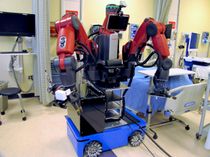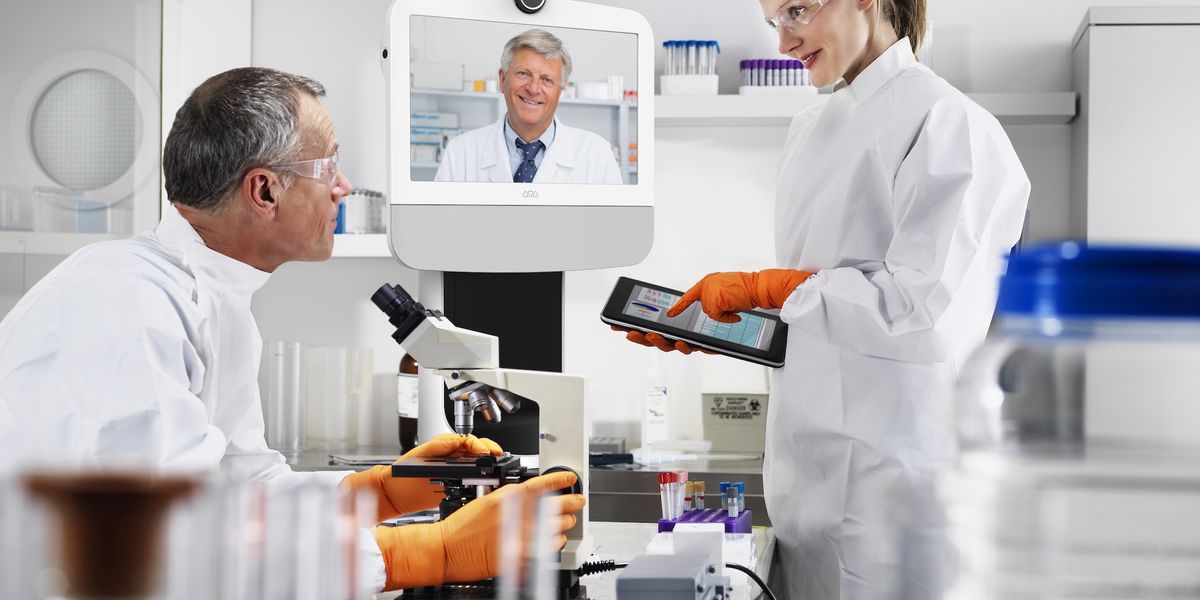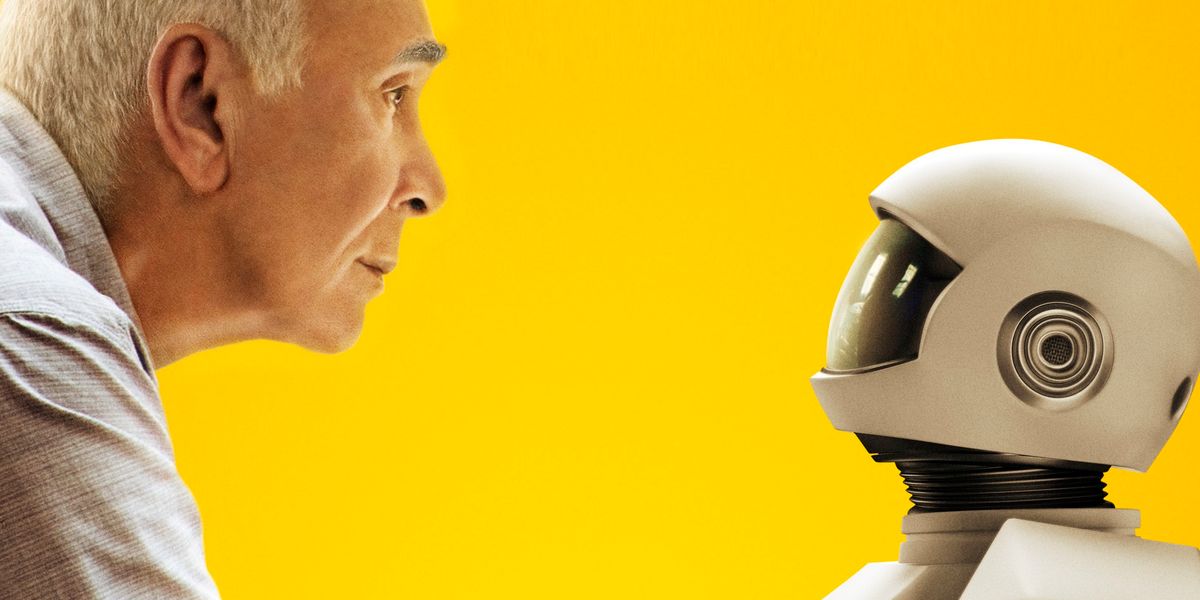Mabu
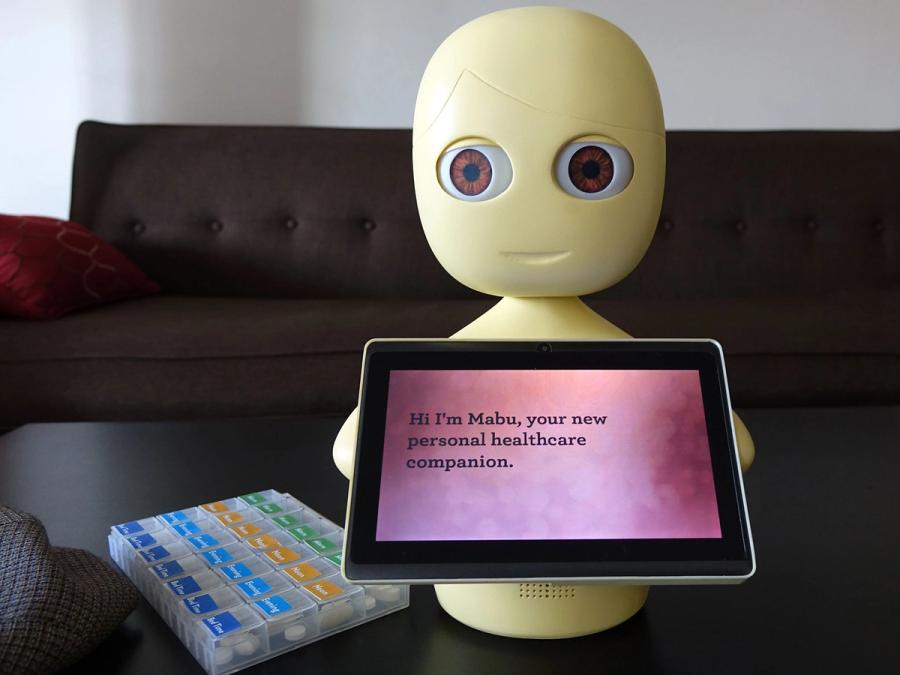
Mabu is a personal healthcare companion robot designed to help patients dealing with chronic illness. It has an engaging interface that blinks, makes eye contact, and uses AI to have intelligent, tailored conversations and improve patient care via daily check-ins.
- Creator
- Year
- 2015
- Country
- United States 🇺🇸
- Categories
- Features
Did you know?
Mabu's name is short for two Japanese words: mabudachi, which means friend, and mabuta, which means eyelid.
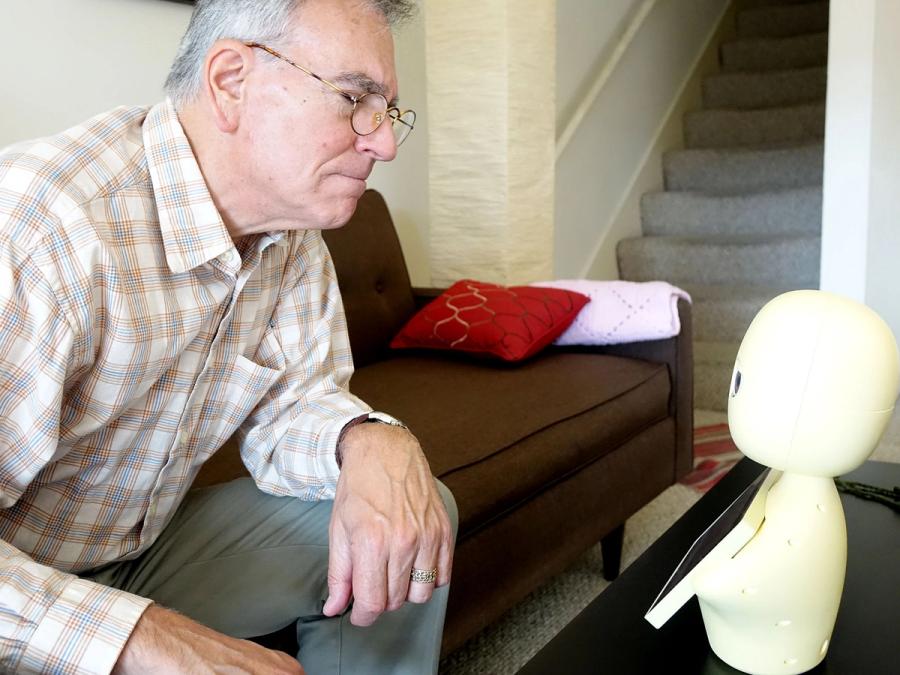
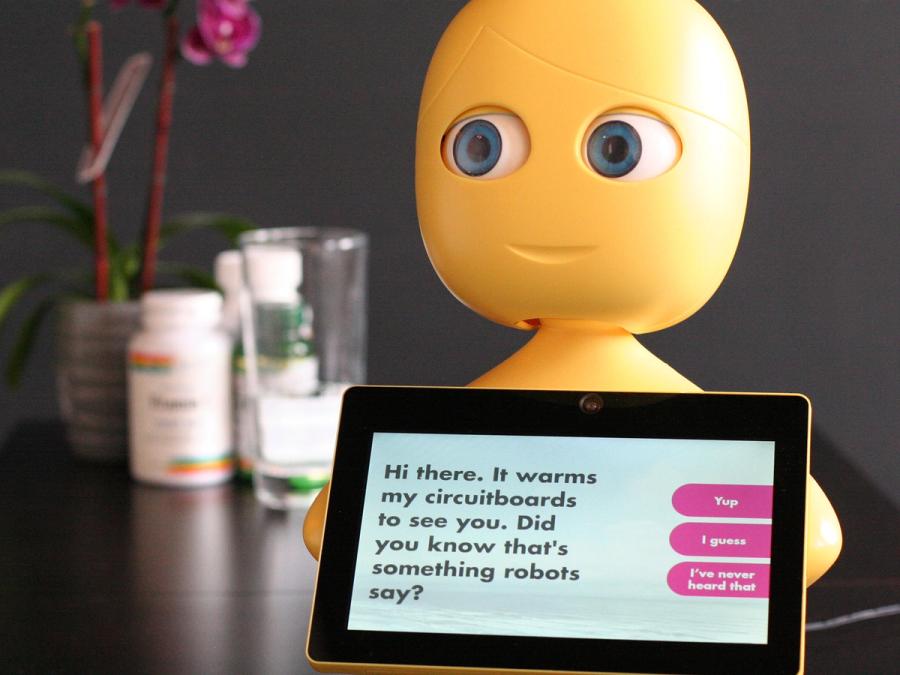
History
Mabu was developed by Catalia Health, a startup founded by Cory Kidd and based in San Francisco, Calif. The robot was a successor to Autom, which Kidd had developed at his previous company, Intuitive Automata. Mabu's shape and appearance were created in collaboration with design firm IDEO. With 6 degrees of freedom, the robot can move its head and eyes and is powered by an Android tablet and custom electronics. The first version of Mabu was introduced in 2015.
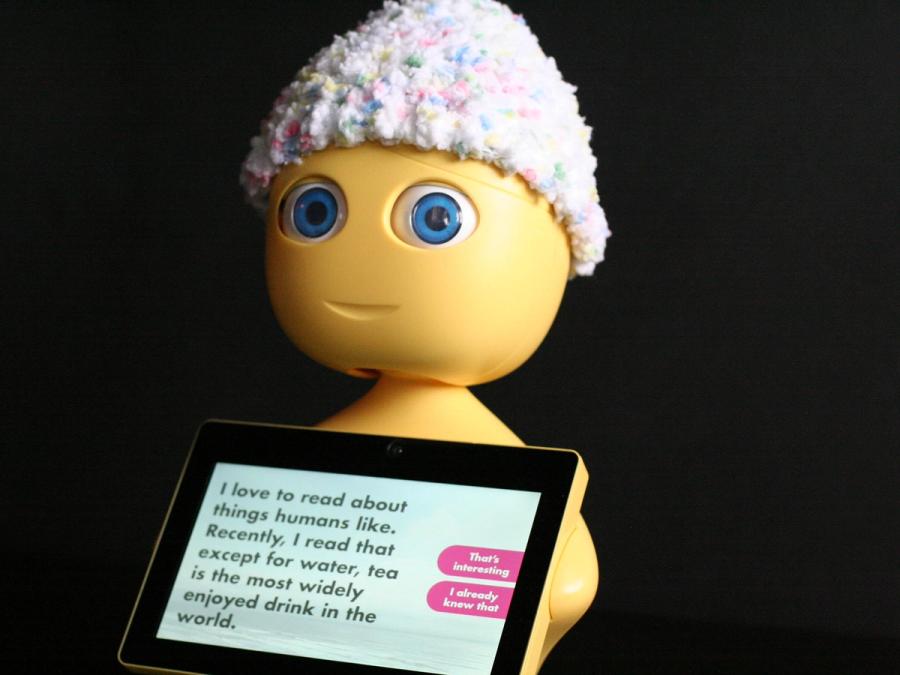

Specs
- Overview
Interface tracks user, makes eye contact, and blinks. AI algorithms based on medicine and psychology best practices to create lasting, tailored engagement with patients. Daily monitoring of at-risk patients with data-driven conversations that can reduced re-admissions to hospitals.
- Status
Unknown
- Year
2015
- Website
- Height
- 31 cm
- Actuators
Small motors with spur gear drive and rotary potentiometers. Motor control board based on open-source IOIO board and two-channel motor drivers for PWM control.
- Degrees of Freedom (DoF)
- 6 DoF
- Materials
ABS plastic, custom machine metal parts.
- Compute
Android-powered tablet via custom electronics. Wi-Fi connectivity.
- Software
Proprietary software generates conversation tailored for each patient.
- Cost
- Free for patients. Organizations pay per patient depending on scope of care.
